Discover Seaside Camino Villages Along the Camino de Santiago
The Camino de Santiago has many scenic trails. The French Way is the most well-known, stretching 800km from the French Pyrenees to Santiago de Compostela. However, other routes pass through beautiful Camino villages by the coast. These seaside stops offer sea views and delicious local seafood. Let the sound of the ocean and salty breeze guide your journey. Here are five special Camino villages to enjoy along the way.
Table of contents
Muxía – Finisterre Way
A Peaceful Fishing Village by the Atlantic
Muxía is a small fishing village on the Finisterre Way or Camino Finisterre. It lies beyond the traditional end at Fisterra. Many pilgrims continue walking from Santiago to reach this quiet, sacred place.
The Sanctuary by the Sea
Muxía is home to the Sanctuary of A Virxe da Barca. It sits right on the rocky Atlantic shoreline.The site is famous for its mysterious rocking stones, believed to have healing powers.
A Festival of Pilgrimage and Tradition
Each September, Muxía hosts an important pilgrimage and festival. Locals and visitors gather to celebrate in a truly spiritual setting. This Camino village offers peace, history, and breathtaking ocean views.
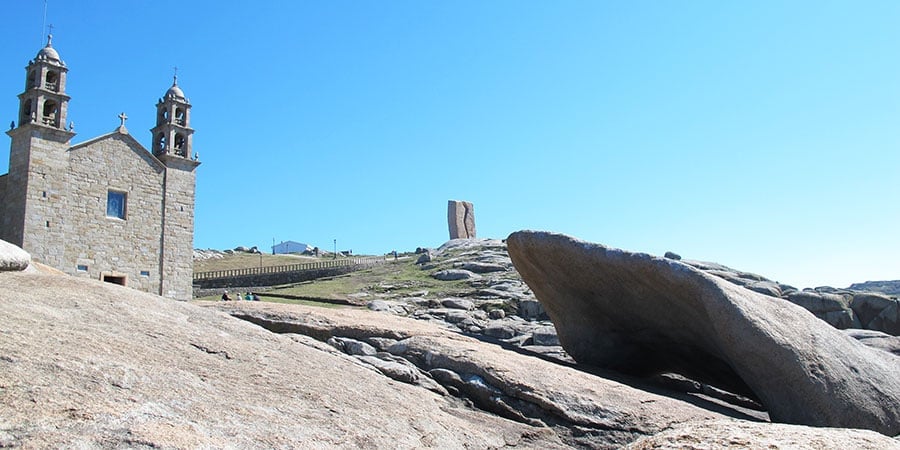
Baiona – Portuguese Coastal Way
Where History Meets the Sea
Baiona on the Camino Portugués is a medieval town in Galicia with deep maritime roots. It was once an important seaport in Spain. In 1493, it became the first port in Europe to hear of the Americas’ discovery.
Explore the Arrival Festival
Today, a replica of La Pinta – one of Columbus’s ships – is moored in Baiona’s harbour. Every March, the Arrival Festival celebrates this historical moment with costumes, events, and music.
Walk the Castle Paths
Monte Real Castle is now a Parador hotel. In the 16th century, it protected Baiona from pirates and attacks. Visitors can walk the scenic path around the castle for coastal views and a glimpse of history. Baiona is one of the most vibrant Camino villages along the Portuguese Coastal Way.
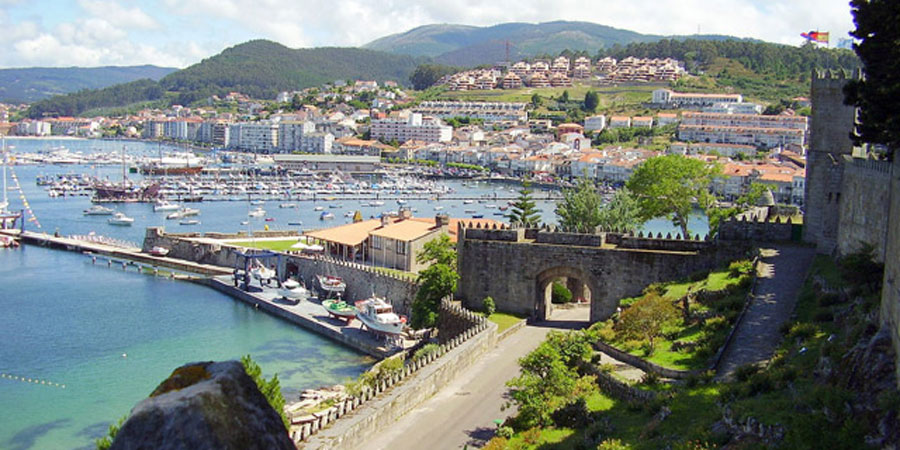
Cudillero – Northern Way
A Colourful Coastal Gem in Asturias
Cudillero is a picture-perfect village on the Northern Way, also called the Camino del Norte. This region follows the Cantabrian Sea, offering beaches, cliffs, and quaint Camino villages.
Step Into a Storybook Setting
Cudillero feels like a village from a fairytale. Colourful fishermen’s houses cover the steep hills around the harbour. Narrow lanes wind through the cliffs, making it a joy to explore on foot.
An Old-Time Charm
This charming Camino village offers peace and beauty. It has preserved its traditions, giving you a glimpse of old Asturias. Cudillero is a must-see for anyone walking the Northern Way.
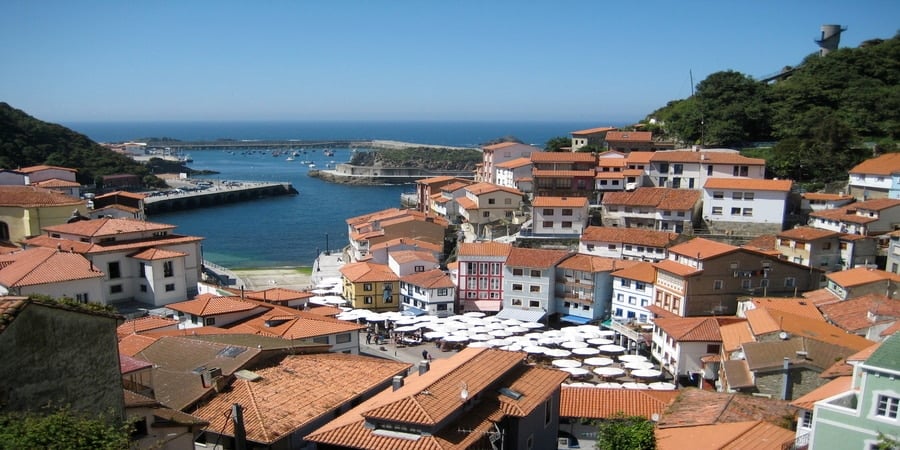
Viana do Castelo – Portuguese Coastal Way
A Pocket-Sized Town Full of Character
Viana do Castelo lies south of the Minho River in Northern Portugal. It’s part of the Portuguese Coastal Way. Though small in size, it offers plenty to explore and enjoy.
Relax in the Town Squares
Stop in one of the quiet squares to rest. Order a dish of bacalhau – Portugal’s famous salted cod. This town is a wonderful stop for tasting the local food and taking in the views.
Rich Architecture and History
Viana’s architecture reflects its prosperous past. In the 15th and 16th centuries, trade with the Americas brought wealth here. Grand homes and ornate facades still line the streets. This charming Camino village blends culture, food, and tradition in one scenic stop.
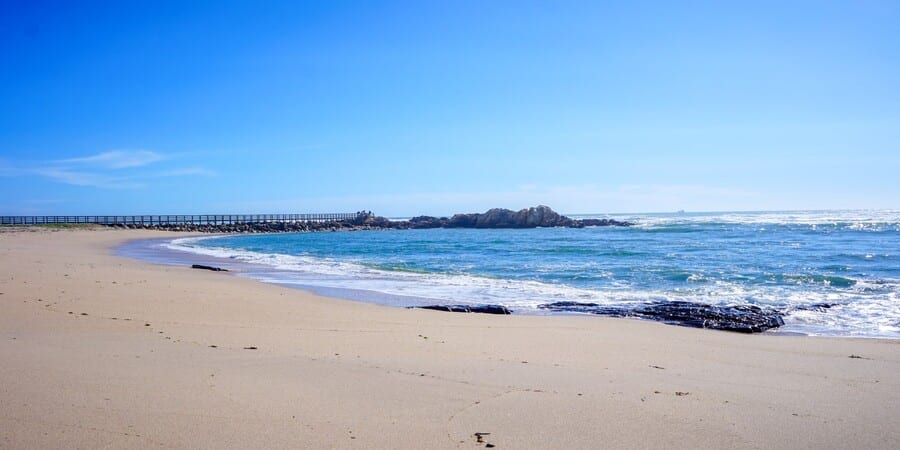
Pontedeume – Camino Inglés (English Way)
A Classic Galician Town by the Sea
Pontedeume sits along the English Way, known as the Camino Inglés. It’s a fine example of Galician coastal architecture.
Admire Traditional Balconies
The town features iconic white gallery balconies, a hallmark of Galician design. They give the town a bright, airy look and connect the sea to everyday life.
A Peaceful Coastal Break
Pontedeume is a tranquil place to rest, especially after walking inland stages of the route. With its old town charm and sea views, it’s one of the most inviting Camino villages on the route.
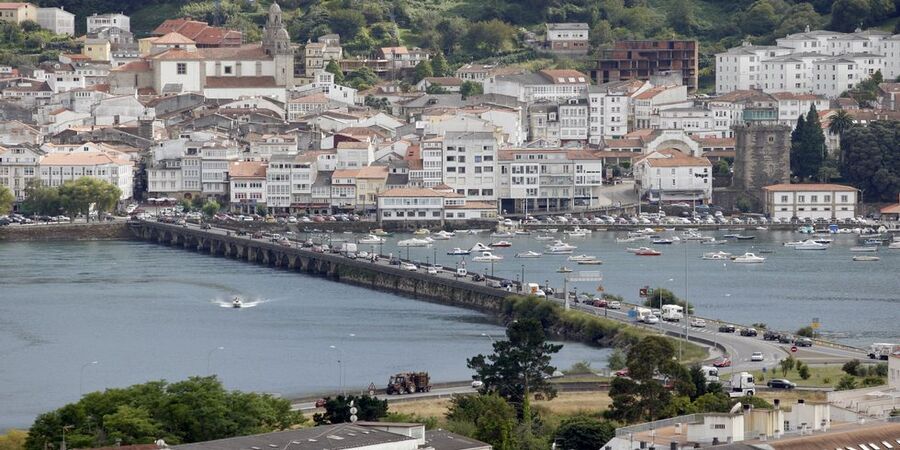
Embrace the Charm of Coastal Camino Villages
The Camino de Santiago is more than just a walk. It’s a journey through time, landscapes, and stories. These five Camino villages by the sea offer a perfect mix of nature, history, and rest. Whether you’re drawn to ancient sanctuaries, historic ports, or colourful harbours, the coast welcomes you with open arms. Let these seaside villages lift your spirits and refresh your soul as you make your way to Santiago.
For more information about any of these Camino de Santiago routes or to book your trip, contact us.